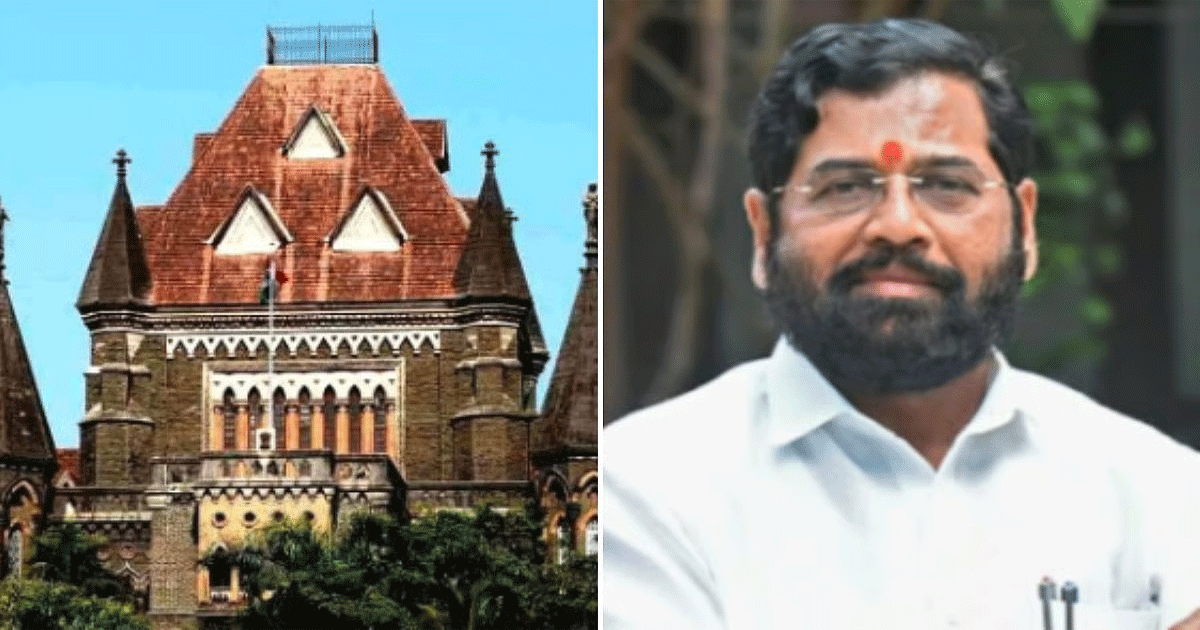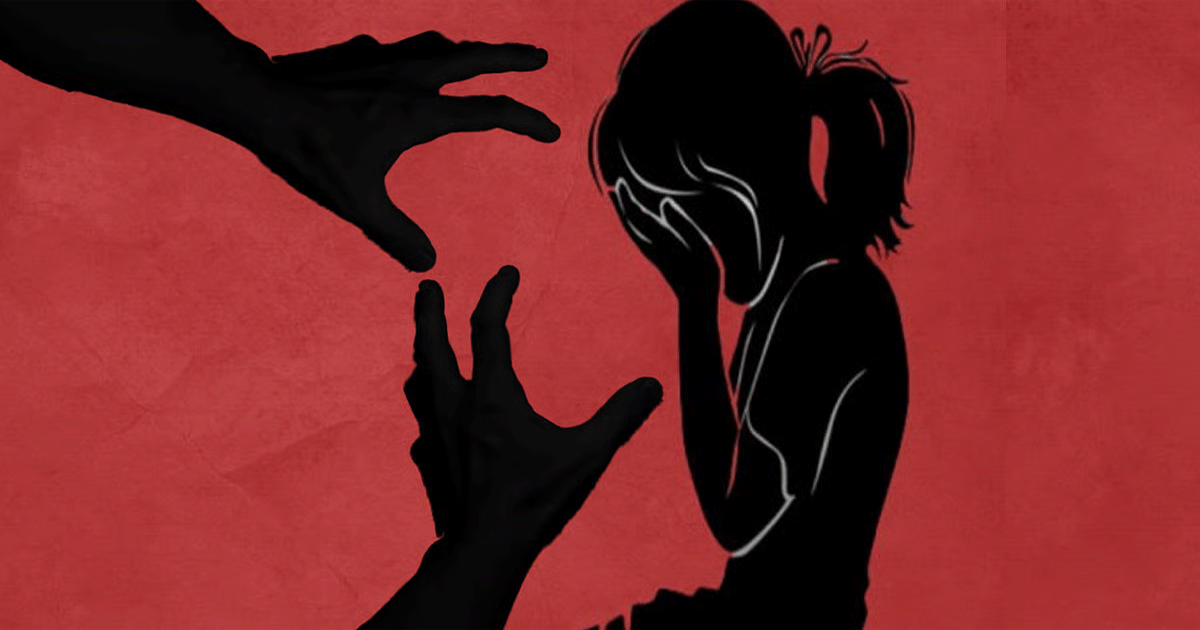National News
Delhi MCD 2022 polls: Cong begins process for selecting candidates

The Congress in Delhi on Friday began the process of selecting candidates for the forthcoming Municipal Corporation of Delhi (MCD) polls. The party has asked its district observers to meet all stakeholders in the wards and prepare a report.
Shaktisinh Gohil, Delhi Congress state in-charge, told IANS, “The process begins on Friday and will go on till September 9. Afterwards the observers will sit with the party’s State Vice-President and later the party State President and prepare the list of probable candidates.”
He said after receiving the reports from them, he will sit along with the party state president and the district observers concerned to prepare the final list and send it to the Congress high command.
The observers will sit at the District Congress offices and meet all stakeholders at stipulated time and date. The observers are the Congress MLAs from Haryana and have been assigned the responsibility of each district.
The MCD polls are scheduled in 2022 but the Congress has started preparing a year ahead of the polls.
The MCD is divided into three zones and the Bharatiya Janata Party (BJP) is ruling the local civic body in all the three zones. The MCD polls are indicators of the electorate’s mood in the next major Lok Sabha elections. Right now the BJP has the largest number with 181 seats followed by the AAP at 49 and Congress with 31 seats.
Ahead of the process, former Congress President Rahul Gandhi met the Delhi Congress team and advised them to work as a unit and assured them to participate in the party’s outreach programmes.
The Delhi Congress is coming up with a major outreach programme to reach out to every household in each ward to collect information on the issues there and gather people’s feedback on the Delhi as well as Union government’s role during the Covid-19 pandemic.
Delhi Congress President Anil Kumar Chaudhary said, “The party volunteers are visiting each household and getting feedback of the people and the governments’ role during the pandemic, be it the Union government, Delhi government or the MCD as many hospitals are being run in Delhi by the MCD.”
During the second wave of Covid-19 pandemic, the ruling government at the Centre and the state failed and due to the mismanagement people suffered in the pandemic, Chaudhary added. He said only Congress volunteers were present on the roads.
Parvez Alam Khan, who contested the last local body elections on a Congress ticket in South MCD but lost to the Aam Aadmi Party (AAP), said, “I have visited more than 300 households in my ward and am trying to sort out the problems in the area such as waterlogging caused by rain and bad sewage system which the local councillor has ignored.”
The Congress has been losing elections after elections in the national capital. At present, the party has zero seats in the Lok Sabha, Delhi Assembly and the Rajya Sabha after ruling Delhi for three successive terms.
National News
Bombay High Court Questions Authority Of Maharashtra Deputy CM Eknath Shinde Over Staying Vashi Demolition Notices

Mumbai: The Bombay High Court, on Wednesday, asked under what authority Deputy Chief Minister Eknath Shinde, who is also the state urban development minister, stayed demolition notices issued by the Navi Mumbai Municipal Corporation (NMMC) against two allegedly illegal buildings in Vashi.
A bench of Justices Ravindra Ghuge and Ashwin Bhobe was hearing a petition filed by NGO Conscious Citizen Forum challenging Shinde’s March 13 stay order. The NGO has urged the court to quash the order as “arbitrary, illegal, ultra vires and untenable in law”, and direct the NMMC to enforce its March 3 demolition notices.
According to the plea, NMMC had issued the notices under Section 53(1A) of the Maharashtra Regional and Town Planning Act after years of delay and repeated complaints from activists. The targeted structures include the 14-storey Naivedya building, which allegedly violated FSI (floor space index) norms and approved plans, and the Dwing of Albela, a seven-storey building rebuilt in 2003 after the original Cidco structure was demolished. The petition notes that neither building has an occupation certificate, yet flats have been sold to third parties.
The court observed that although the petition did not involve encroachment on public land, it raised a serious issue regarding illegal structures. “After due procedure, the competent authority concluded that demolition was necessary and issued notices. However, on the very same day the housing societies approached the Deputy CM, he stayed the proceedings, thwarting further action,” the bench said.
The assistant government pleader sought time to take instructions and respond. The court has listed the matter for further hearing on September 20.
Crime
Malad School Case: Mumbai Crime Branch Report Finds No Evidence Of Sexual Assault On 3-Year-Old Girl, Denies Mother’s Allegations

Mumbai: The Mumbai Crime Branch Unit-11 submitted an investigation report regarding the alleged sexual molestation of a 3.6-year-old girl at a high-end school in Malad West on February 12, 2025, to the Maharashtra State Commission for Protection of Child Rights on September 11. Based on the evidence, the report strongly denied that the incident occurred.
According to the report, the victim was safe the entire day at school. After reviewing CCTV footage, recording statements from school staff, doctors from Cloudnine Hospital in Malad West, a neighbour of the complainant, and examining the medical report from Cooper Hospital, it was revealed that the girl and the suspect music teacher were not seen together on that day, and no evidence of a sexual assault was found at any point.
The report claimed that the teacher and other school staff had never heard the word ‘monster’ and claimed the word originated from the complainant and her daughter.
The victim’s 36-year-old mother, an advertising professional, filed a complaint at the Bangur Nagar police station. She had been claiming the ayah (nanny) who took her daughter to the washroom and the male music teacher allegedly molested her child, referring to the teacher as the “monster” who assaulted her.
An FIR was registered on February 13 under Section 64(2) (punishment for rape) of the Bharatiya Nyaya Sanhita, along with Sections 4 (punishment for penetrative sexual assault), 8 (punishment for sexual assault), and 12 (sexual harassment of a child) of the POCSO Act (Protection of Children from Sexual Offences Act).
During the investigation, the girl’s mother filed a petition in the Bombay High Court requesting that the investigation be transferred to another agency. Following the Bombay High Court’s direction, the investigation was handed over to the Crime Branch Unit-11 on July 9, 2025.
According to the Crime Branch report, statements were recorded of Dr. Dehuti Wacchani, 31, and Manasi Verma, 36, of Cloudnine Hospital, who treated the victim. The Crime Branch recorded statements from a total of 22 school staff members, including those from the nursing department, IT department, administration department, assistant staff department (nannies), and teachers.
Additionally, a statement from a 60-year-old female neighbour of the complainant was also recorded. The victim’s statement was recorded in front of her mother, and both the mother’s and the daughter’s statements were recorded before the Metropolitan Magistrate Court in Mazgaon.
After a medical examination was performed at Cooper Hospital in Juhu, the report and the victim’s clothes were sent to the Kalina laboratory. The laboratory’s report stated that ‘neither blood nor semen was detected.’
The investigation report also claimed that the complainant provided a different statement each time she was interviewed. When police asked her to present the girl before the Child Welfare Committee, she did not do so.
According to the victim’s mother, the incident occurred in the washroom of the sick bay. However, the Crime Branch reviewed CCTV footage and found no evidence of the girl arriving at the sick bay on that day. Police reviewed the entire day’s footage and found no objectionable incidents involving the girl until her mother picked her up.
The report claimed that the complainant held a grudge against a male music teacher. The CCTV footage revealed that the victim was not seen with the music teacher at any time on February 12. That day, at 6 pm, the complainant safely took her daughter home via an auto rickshaw. The investigation was conducted by Manohar Avhad, Senior Police Inspector of the Crime Branch Unit-11.
Business
Sensex, Nifty open marginally lower amid mixed global cues

Mumbai, Sep 19: The Indian benchmark indices opened marginally lower on Friday, with IT stocks leading the losses in early trade.
As of 9.26 am, Sensex was down 241 points or 0.29 per cent at 82,772 and Nifty was down 63 points or 0.25 per cent at 25,360.
The US Federal Reserve resumed interest rates cut cycle by reducing rates by 25 basis points but the outlook on further easing in the months ahead failed to meet the investors’ dovish expectations, while markets awaited more cues into US policy path, according to analysts.
Nifty Midcap 100 inched up by 0.16 per cent, and the Nifty Small cap 100 lost 0.04 per cent.
Hero MotoCorp, Shriram Finance, Maruti Suzuki, NTPC, Tech Mahindra were among major gainers on Nifty, while losers were ICICI Bank, Bajaj Finance, Tata Consumer and Titan Company.
Among sectoral indices, Nifty IT, the top loser, lost 0.40 per cent. Nifty FMCG and Nifty Private bank also weighed down on the indices. Except Nifty Realty and PSU Bank all other sectoral indices were trading in the red or with marginal gains.
The Nifty50 held firmly above the 25,400 mark in the previous session, signalling investor confidence with upside momentum intact.
Analysts said that while buying interest is visible at lower levels, the 25,500–25,600 zone remains a stiff hurdle on the upside. On the downside, support is placed at 25,300–25,100 for any minor pullback.
“Market is on an uptrend and is well positioned to set new records soon. Fundamentals, technicals and sentiments are favourable for a steady uptrend. Earnings are likely to improve from Q3 onwards. Technically, short covering is happening and can accelerate,” said Dr. VK Vijayakumar, Chief Investment Strategist, Geojit Investments Limited.
From the market sentiment perspective, a US-India trade deal without the penal tariff and a lower reciprocal tariff is likely, he added.
Major US indices made gains overnight as the Nasdaq added 0.94 per cent, the S&P 500 edged up 0.48 per cent and the Dow inched up 0.27 per cent.
Most of the Asian markets were trading in the green during the morning session. While China’s Shanghai index dipped 0.12 per cent, and Shenzhen advanced 0.23 per cent, Japan’s Nikkei edged up 0.77 per cent, while Hong Kong’s Hang Seng Index moved up 0.12 per cent. South Korea’s Kospi lost 0.46 per cent.
On Thursday, foreign institutional investors (FIIs) purchased equities worth Rs 366 crore, while domestic institutional investors (DIIs) were net buyers of equities worth Rs 3,326 crore.
-

 Crime3 years ago
Crime3 years agoClass 10 student jumps to death in Jaipur
-

 Maharashtra12 months ago
Maharashtra12 months agoMumbai Local Train Update: Central Railway’s New Timetable Comes Into Effect; Check Full List Of Revised Timings & Stations
-

 Maharashtra11 months ago
Maharashtra11 months agoMumbai To Go Toll-Free Tonight! Maharashtra Govt Announces Complete Toll Waiver For Light Motor Vehicles At All 5 Entry Points Of City
-

 Maharashtra12 months ago
Maharashtra12 months agoFalse photo of Imtiaz Jaleel’s rally, exposing the fooling conspiracy
-

 National News11 months ago
National News11 months agoMinistry of Railways rolls out Special Drive 4.0 with focus on digitisation, cleanliness, inclusiveness and grievance redressal
-

 Crime11 months ago
Crime11 months agoBaba Siddique Murder: Mumbai Police Unable To Get Lawrence Bishnoi Custody Due To Home Ministry Order, Says Report
-

 Maharashtra10 months ago
Maharashtra10 months agoMaharashtra Elections 2024: Mumbai Metro & BEST Services Extended Till Midnight On Voting Day
-

 National News12 months ago
National News12 months agoJ&K: 4 Jawans Killed, 28 Injured After Bus Carrying BSF Personnel For Poll Duty Falls Into Gorge In Budgam; Terrifying Visuals Surface














